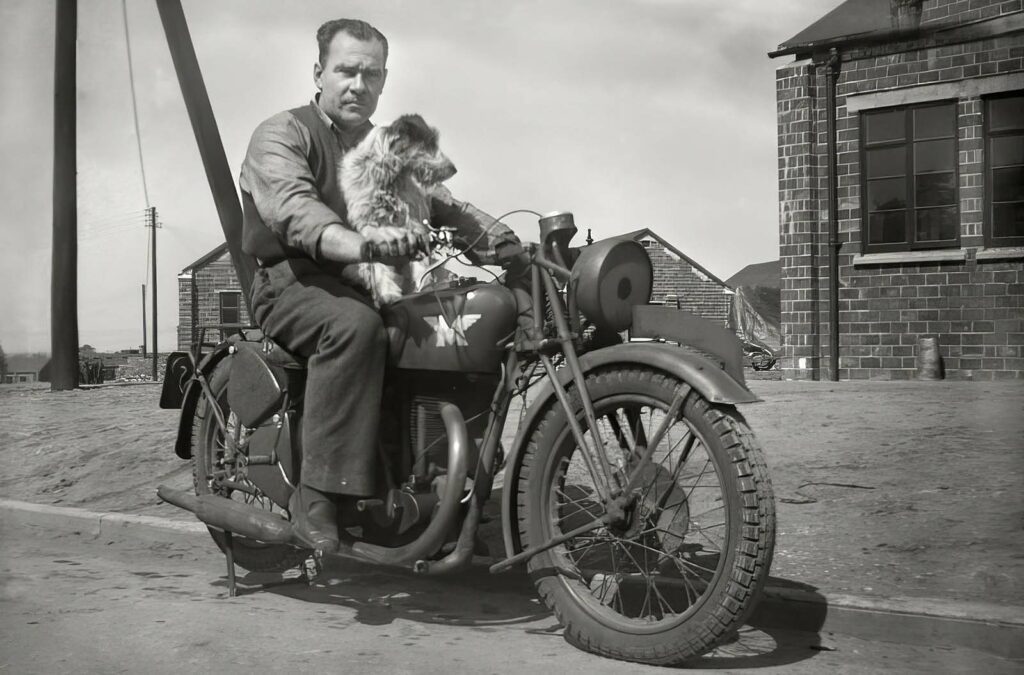
Motorcycles have an interesting beginning anchored in the 19th-century technological developments.
Their family history begins with the “safety bicycle,” which had a pedal-crank system to drive the rear wheel and equally sized front and rear wheels.
Reflecting a shared vision of mechanized transportation, the evolution of the motorbike was molded by the concurrent efforts of engineers and inventors across Europe at the same period rather than from a single invention.
German engineers Gottlieb Daimler and Wilhelm Maybach developed the first petroleum-fueled motorbike, sometimes known as the Daimler Reitwagen, in Bad Cannstatt, Germany in 1885.
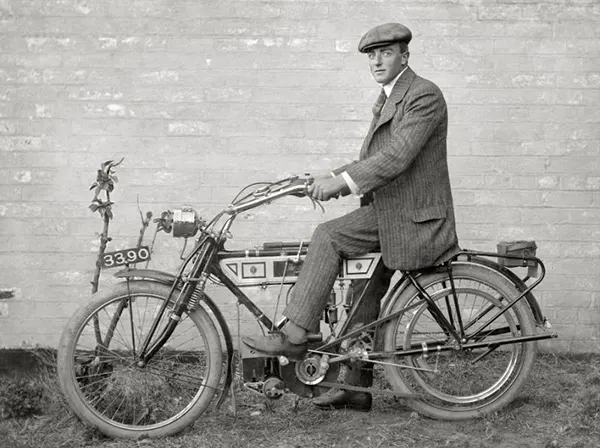
During the First World War, when their manufacturing skyrocketed to support military operations, motorcycles were somewhat well-known.
Faster communication, reconnaissance, and law enforcement among the troops were made possible by sending motorcycle replacements for horse-mounted messengers.
By the conclusion of the war, legendary American business Harley-Davidson had committed more than half of its output to military contracts.
Likewise, the British manufacturer Triumph confirmed the importance of its Triumph Type H motorcycles by providing Allied forces with more than 30,000 of them.

Germany’s DKW became the top motorbike producer worldwide by late 1920s and early 1930s.
Found and arranged by Steve Given, these fascinating antique images show people boldly posing with their motorcycles between the early 1900s and the 1950s.
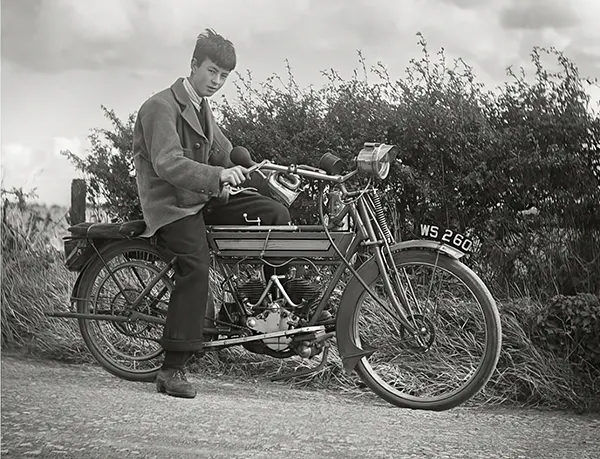
Streamlining became more crucial in the development of racing bikes in the 1950s when the “dustbin fairing” presented a means for radical design alterations.
Leading innovators in this field, NSU and Moto Guzzi produced designs well ahead of their time.
Particularly NSU evolved the most sophisticated ideas of the day. But four NSU riders died during the 1954–1956 seasons, which caused the firm to stop expanding and pull out from Grand Prix motorcycle racing.
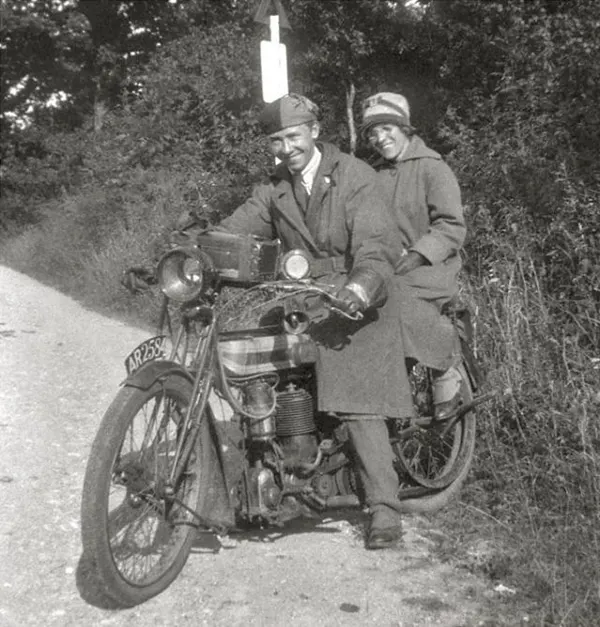
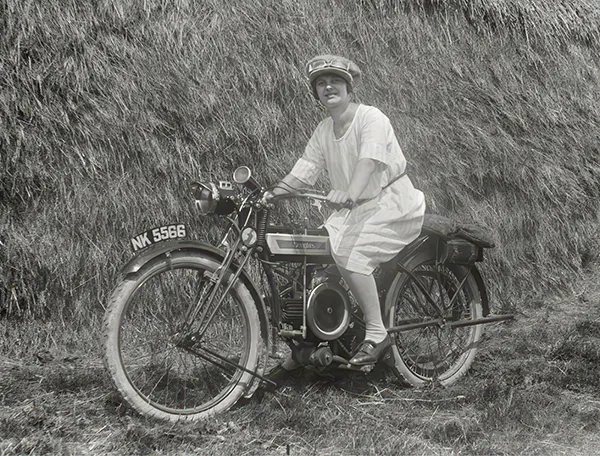
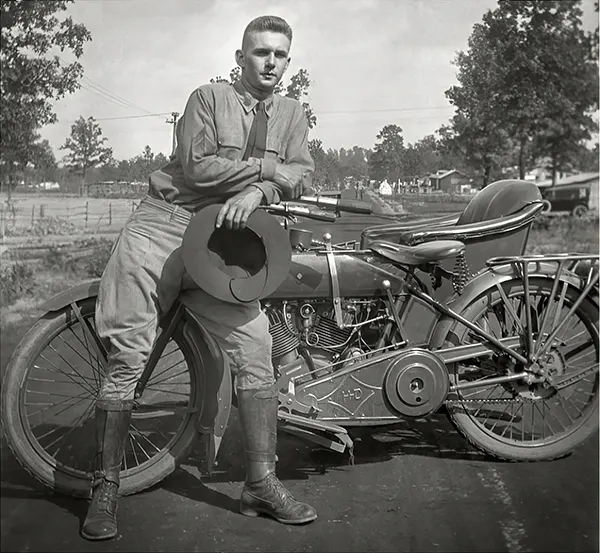
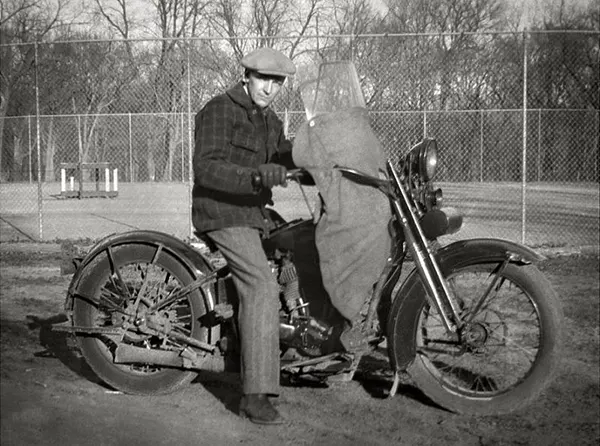
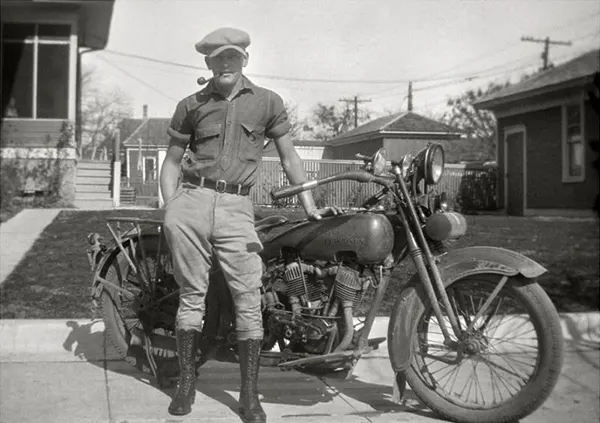

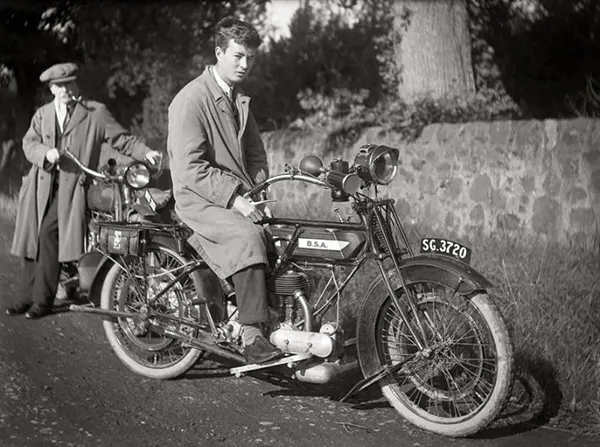
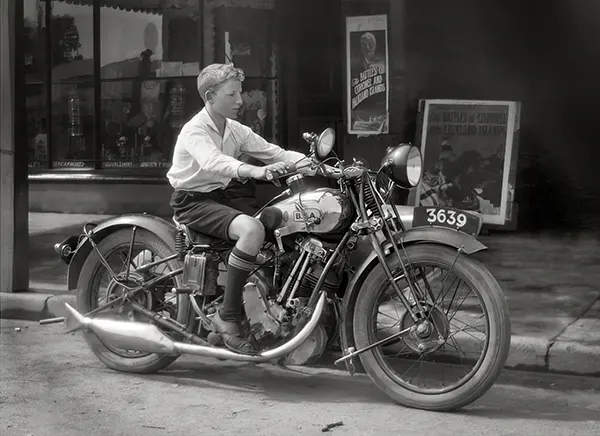
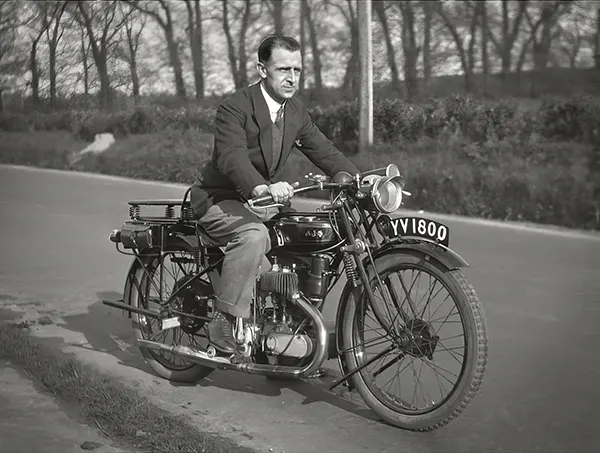
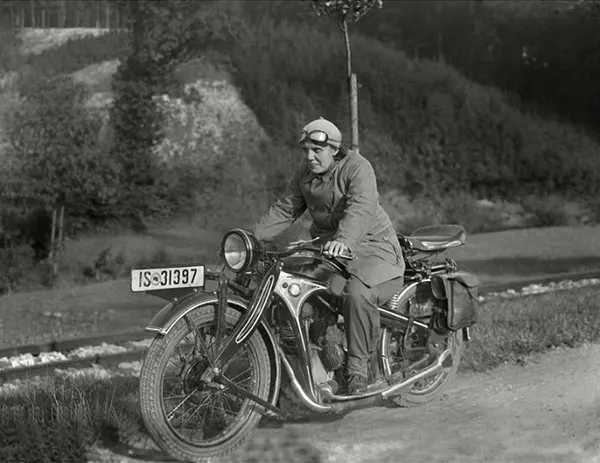
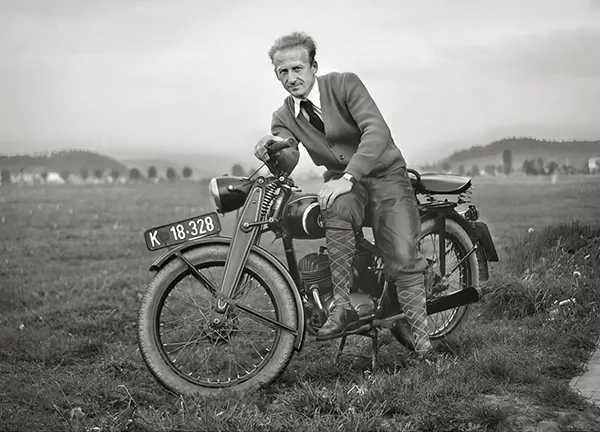
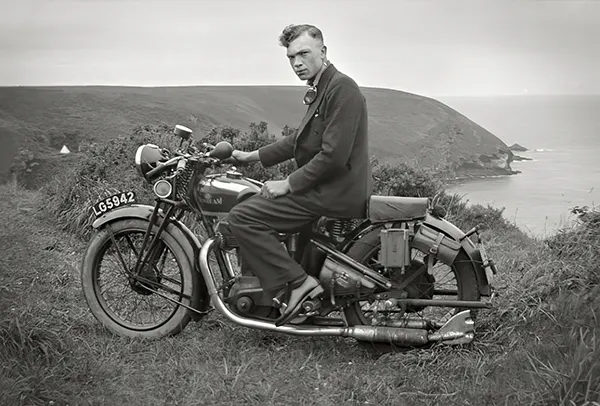
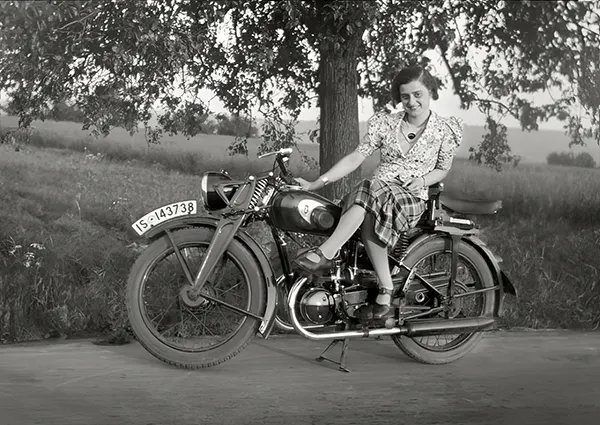
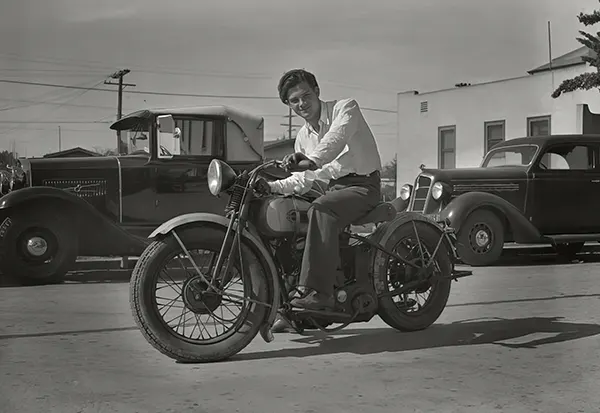
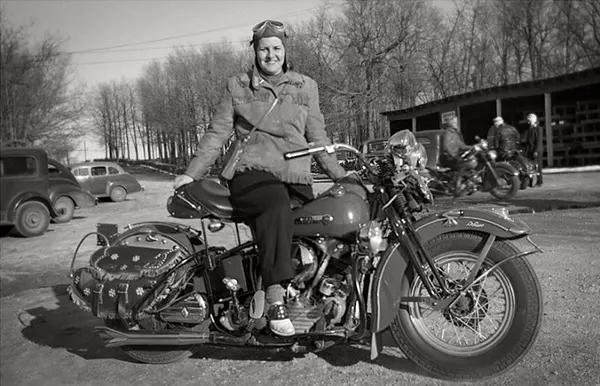
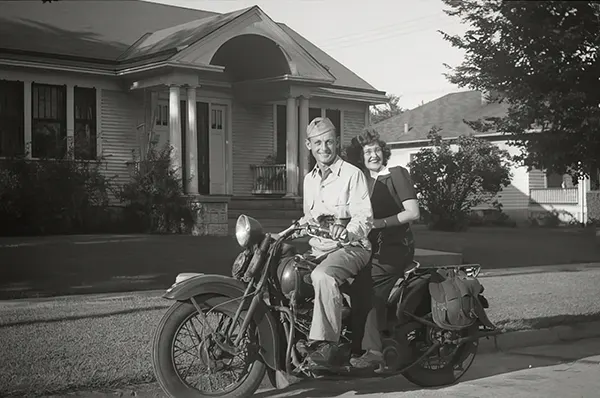
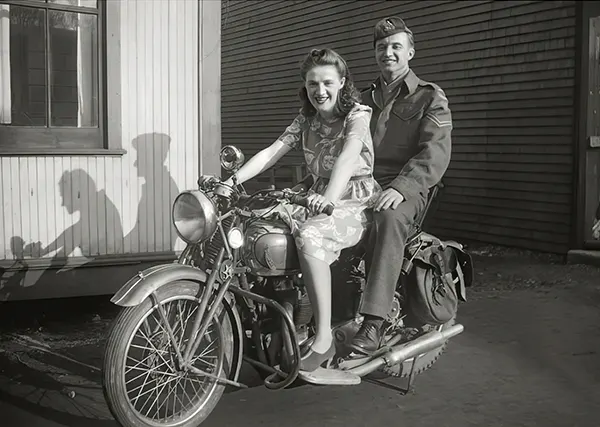
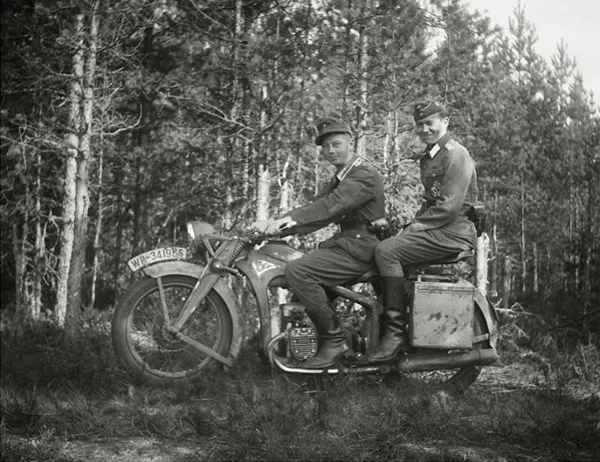
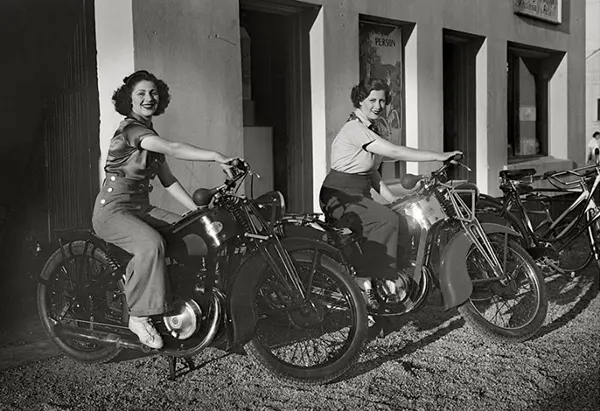
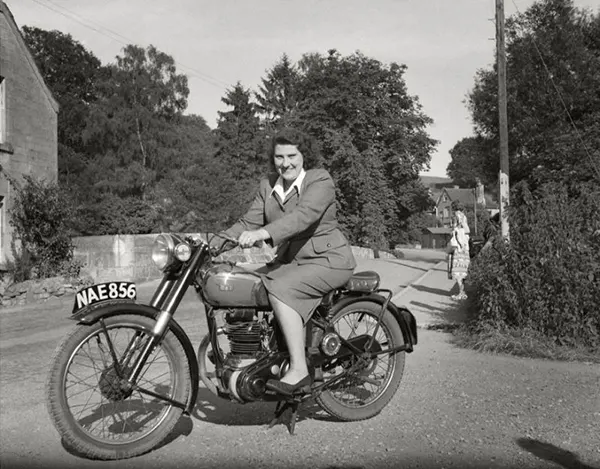
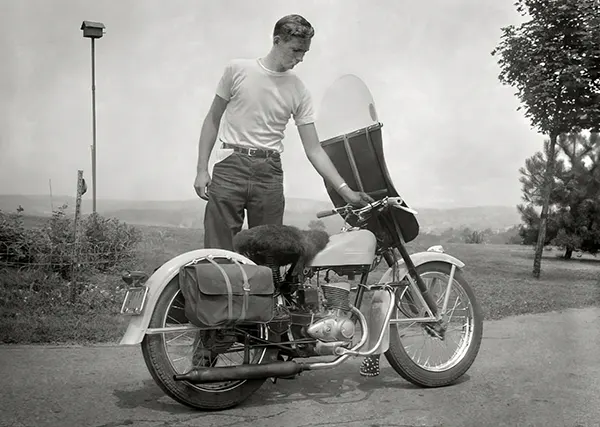
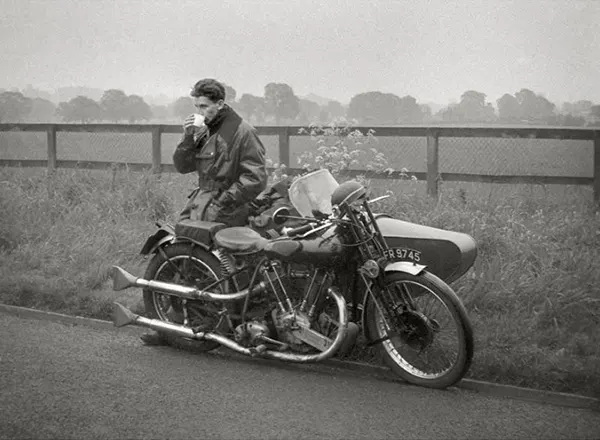
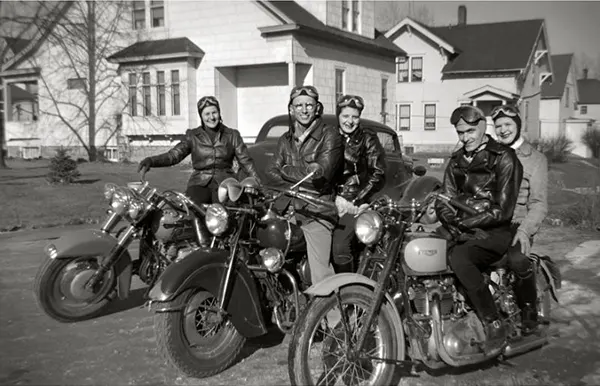
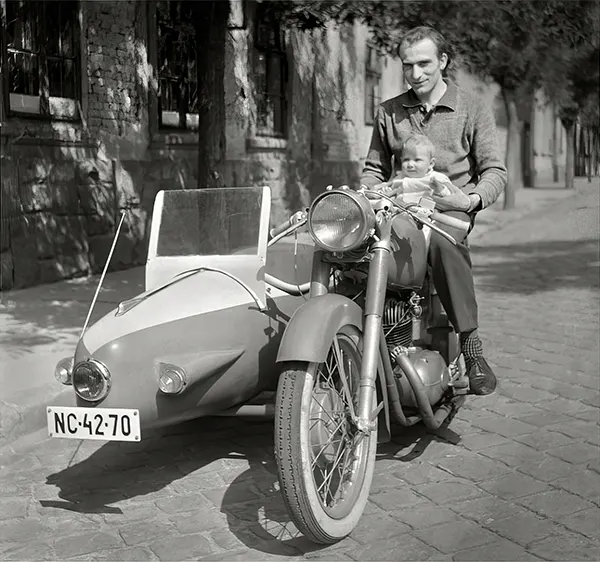
(Photo credit: Steve Given via Flickr).


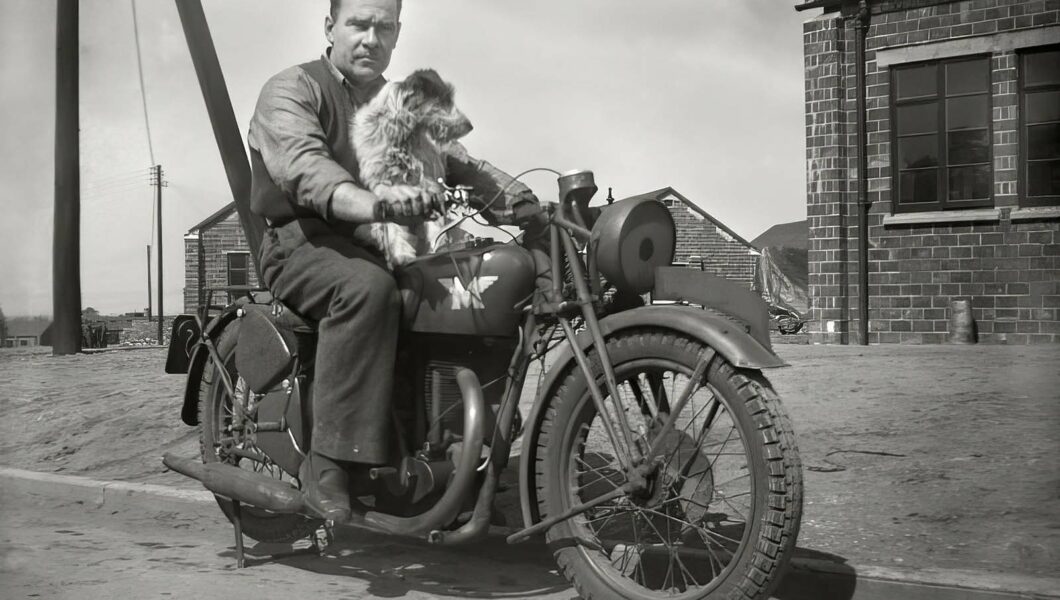

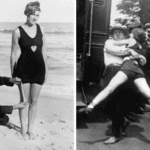
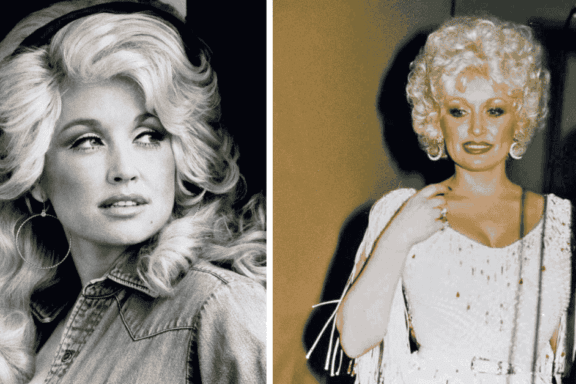


No Comments